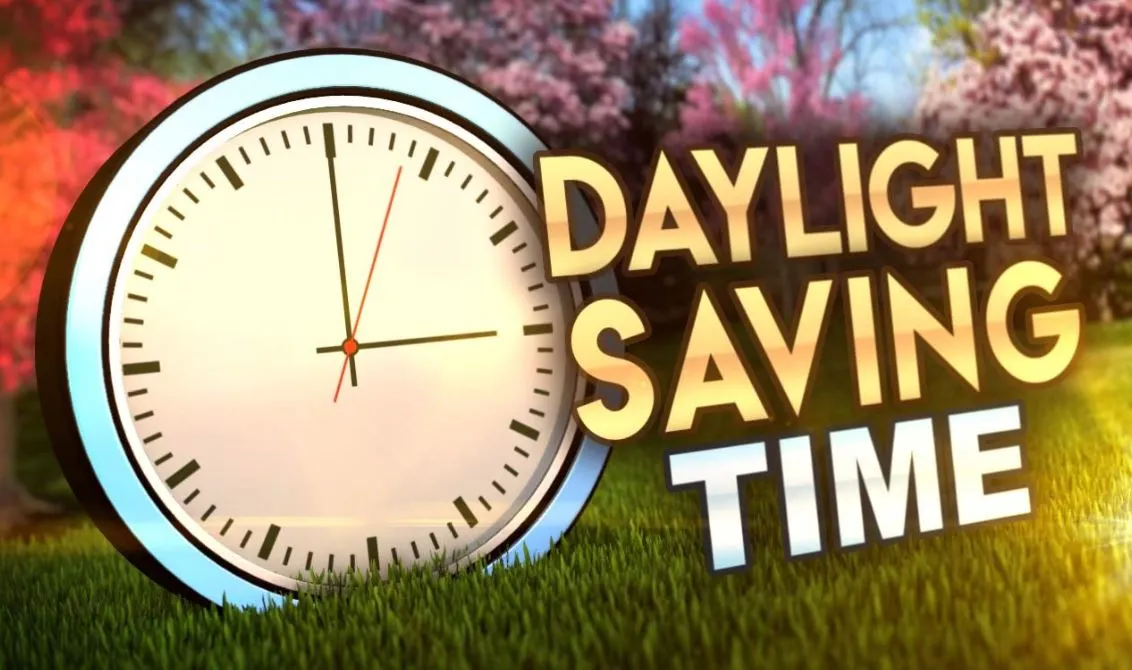Daylight saving time for 2024 started this weekend, taking an hour from many sleep schedules as the clocks spring forward.
In the early morning of Sunday, March 10, the time change took effect. This will give most Americans an extra hour of sunlight until the clocks fall back again in the autumn.
Here’s everything to know about the time change.
What time does the time change?
The time changed at 2 a.m. on Sunday, March 10. Daylight saving time always begins on the second Sunday of March, and ends on the first Sunday of November.
Daylight saving time will be in effect until Nov. 3, 2024, when clocks “fall back.”
Do we lose or gain an hour when we “spring forward”?
When the clocks “spring forward,” jumping from 2 a.m. to 3 a.m. on Sunday morning, people in areas that observe daylight saving time will lose an hour.
It means that waking up at, say, 8 a.m. Sunday morning will feel more like 7 a.m.
Why does daylight saving time exist?
There are several different stories claiming to explain the founding of daylight saving time. Farmers were credited with beginning the practice so they could have more daylight hours — but they didn’t actually support daylight saving time when it was adopted. Benjamin Franklin has also been named as a creator of the phenomenon, but that’s based on a satirical essay he wrote in 1784.
As CBS News previously reported, the practice began in 1916. Germany observed daylight saving time that year to conserve fuel, and when the U.S. Embassy in Berlin notified their Washington, D.C. counterparts about the change in time, they noted that Germany believed changing the clocks would save millions of dollars by limiting the use of artificial lights. Other countries in Europe adopted the practice, and in 1918, the U.S. started to use it too.
The story doesn’t end there. In 1919, Congress repealed daylight saving time, even though then-President Woodrow Wilson tried to veto the decision. States were allowed to decide for themselves if they’d continue the practice. In World War II, the country actually observed daylight saving time all year. Congress attempted to do that again in 1974 to save energy, but that effort failed.
It was in 1966 that the Uniform Time Act created the system that we know today. Originally it had daylight saving time beginning in April and ending in October, but later updates established the clocks spring forward the second Sunday in March and fall back the first Sunday in November.
Are there any states that don’t have daylight saving time?
A few states and territories don’t observe daylight saving time. Arizona has not observed daylight saving time since 1968, though the Navajo Nation, which has some land in Arizona, does recognize the time change. Hawaii also doesn’t use daylight saving time, having opted out of it in 1967.
The territories of American Samoa, Guam, the Northern Marina Islands, Puerto Rico and the U.S. Virgin Islands also do not observe daylight saving time.
Outside of the United States, most of the world doesn’t observe daylight saving time. According to the Pew Research Center, only about a third of the world does so. Most of the countries that observe it are in Europe, while a few are in Latin America and the Caribbean. In Africa, Egypt is the only nation to use daylight saving time.
What are the downsides of daylight saving time?
The loss of sleep caused by clocks springing forward has some surprising effects that have led some experts to urge the practice be discontinued.
In 2021, the National Sleep Foundation highlighted the negative effects that daylight saving time has on people’s circadian rhythms. Those disruptions have been linked to a higher number of heart attacks and workplace injuries in the days after a time change.
AAA has warned that less sleep can lead to a heightened risk of car crashes, and recommends that people adjust their sleep schedules to make sure to get seven hours of rest. Disruption of circadian rhythms can also have physical side effects, like an increased risk of ischemic strokes, research from 2016 showed.
Will daylight saving time end permanently in 2024?
There have been pushes to end daylight saving time nationwide, but the practice isn’t likely to end in 2024.
While the Senate passed a bill in 2022 to make daylight saving time permanent and stop the clocks from changing, time ran out to vote on the proposal in the House and it did not become law.
A new version of the bill was introduced in March 2023. That bill remains in committee in both the House and the Senate; that’s the step between a bill being sponsored and a bill being brought before the chamber to be voted on.
In 2022, a CBS News/YouGov poll found that almost 80% of Americans supported changing the current system. The idea of permanently shifting an hour of daylight from the morning to the evening appealed to 46% of Americans.














